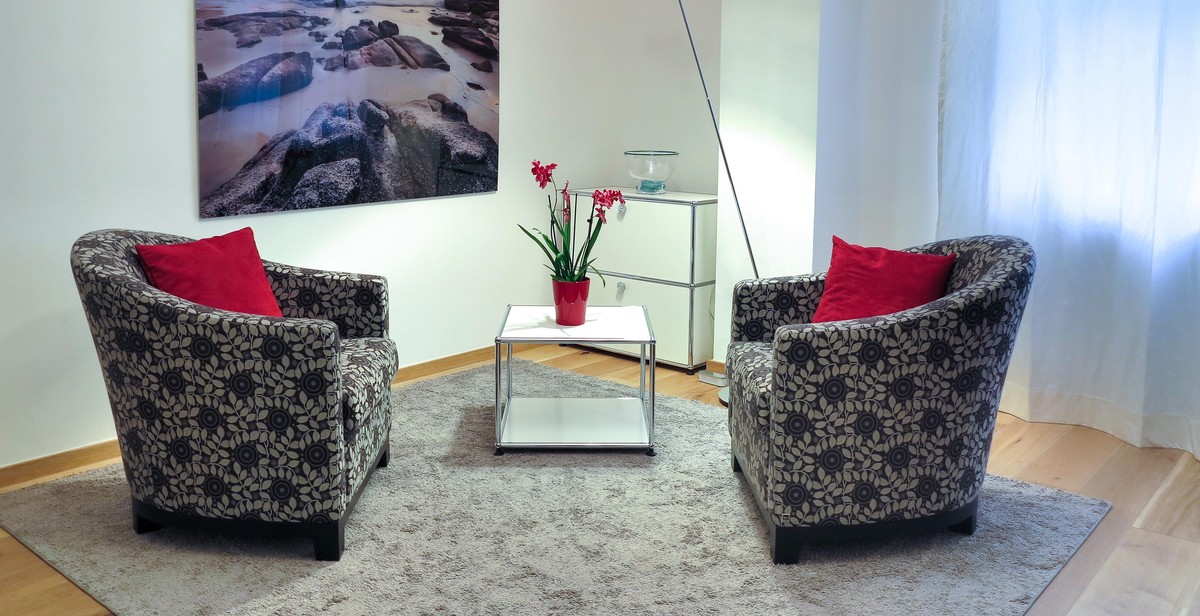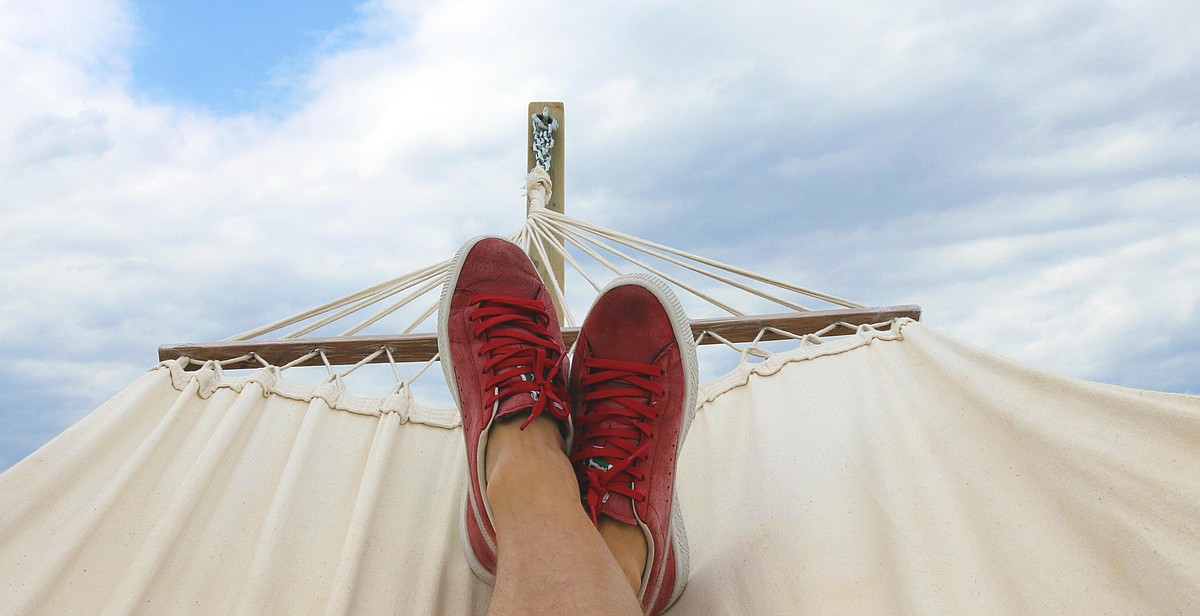How to Hang a Hammock Indoors: Creating a Cozy Hammock Setup in Your Home
As a professional article writer and content creator, I’ve had the opportunity to explore various topics and share my knowledge with others. However, there’s one thing that I’m particularly passionate about, and that’s hammocks.
There’s something special about the gentle sway of a hammock that instantly transports you to a state of relaxation and calmness. Whether you’re reading a book, taking a nap, or simply enjoying the peacefulness of your surroundings, a hammock is the perfect addition to any home.
Over the years, I’ve experimented with different ways to hang hammocks indoors and have come up with some tips and tricks that I’m excited to share with you. In this article, I’ll walk you through everything you need to know about hanging a hammock indoors, including the tools you’ll need, the best locations to hang your hammock, and how to properly secure it for maximum safety and comfort.
So, if you’re ready to create a cozy and inviting hammock setup in your home, let’s get started!

Why Hang a Hammock Indoors?
Many people associate hammocks with outdoor relaxation, but there are plenty of benefits to hanging a hammock indoors as well. Here are just a few reasons why you might want to consider setting up a cozy hammock in your home:
- Comfort: Hammocks are incredibly comfortable, providing a cozy, cocoon-like feeling that can help you relax and unwind after a long day. Unlike traditional beds or couches, hammocks conform to your body, providing support where you need it most.
- Space-saving: If you live in a small apartment or house, a hammock can be a great space-saving solution. By hanging it from the ceiling or walls, you can create a comfortable seating or sleeping area without taking up valuable floor space.
- Health benefits: Hammocks can also have health benefits. The gentle swaying motion of a hammock can help reduce stress and anxiety, improve circulation, and even help you fall asleep faster and sleep more deeply.
- Aesthetics: A hammock can also be a stylish addition to your home decor. With so many colors and styles to choose from, you can find a hammock that complements your existing furniture and adds a unique touch to your space.
Overall, hanging a hammock indoors can be a great way to create a cozy, comfortable, and stylish space in your home. Whether you’re looking for a place to relax, sleep, or simply add some visual interest to your decor, a hammock might be just what you need.

Choosing the Perfect Spot
When it comes to hanging a hammock indoors, the location you choose is crucial for your comfort and safety. Here are a few things to consider when deciding on the perfect spot:
Considerations for Location
- Space: Make sure you have enough space to hang your hammock without it touching any walls or furniture. You’ll also want to consider the length of your hammock and the distance between the two anchor points.
- Lighting: Try to choose a spot with natural light if possible, as it can help boost your mood and create a cozy atmosphere.
- Noise: Avoid hanging your hammock in a noisy area, such as near a TV or a busy street, as it can be distracting and disrupt your relaxation.
- Temperature: Consider the temperature of the room when choosing a location. If the room is too hot or too cold, it can affect your comfort and make it difficult to relax.
Finding the Right Support
Once you’ve chosen the perfect location for your hammock, the next step is to find the right support. Here are a few options:
| Option | Pros | Cons |
|---|---|---|
| Wall studs | Secure and sturdy | May require drilling and installation |
| Ceiling joists | Strong and stable | May require drilling and installation |
| Hammock stand | No installation required | Takes up floor space |
Whichever option you choose, make sure it can support your weight and the weight of the hammock. It’s also important to follow the manufacturer’s instructions and safety guidelines for installation.

Selecting the Right Hammock
When it comes to selecting the right hammock for your indoor setup, there are a few things to keep in mind. First, you need to decide on the type of hammock you want. There are several types of indoor hammocks available in the market, including:
- Chair hammocks: These hammocks are designed like chairs and are perfect for small spaces.
- Mayan hammocks: These hammocks are made from cotton and are known for their comfort and durability.
- Spreader bar hammocks: These hammocks have spreader bars at each end and are perfect for those who want a more traditional hammock experience.
- Nylon hammocks: These hammocks are lightweight, easy to clean, and perfect for those who want a portable hammock.
Once you have decided on the type of hammock, you need to look for the right materials. Here are some materials to look for:
| Material | Pros | Cons |
|---|---|---|
| Cotton | Soft and comfortable | May shrink and fade over time |
| Polyester | Durable and resistant to weather | Not as comfortable as cotton |
| Nylon | Lightweight and easy to clean | Can be uncomfortable to lie on |
Ultimately, the right hammock for you will depend on your personal preferences and the space you have available. Keep these factors in mind when selecting your indoor hammock, and you’ll be sure to create a cozy and comfortable setup in your home.

Setting up your hammock
Setting up a hammock indoors requires careful measurement and adjustment to ensure a safe and comfortable experience. Here are some steps to follow:
Measuring and adjusting
First, measure the distance between the two anchor points where you plan to hang your hammock. This will determine the length of your hammock and the amount of slack you will need. Keep in mind that the hammock should be hung with a slight sag to create a comfortable lounging position.
Next, adjust the height of your hammock based on your preference. A lower hammock will be easier to get in and out of, while a higher hammock will provide more space underneath for other furniture or activities.
Attaching your hammock
Once you have determined the measurements and adjusted the height, it’s time to attach your hammock to the anchor points. Use sturdy hardware, such as eye bolts or heavy-duty hooks, to ensure the hammock can support your weight.
Attach the hammock to the hardware using the provided loops or carabiners. Double-check that the hammock is securely attached and evenly balanced.
Adjusting tension and height
After attaching your hammock, adjust the tension and height to your liking. Make sure the hammock is level and the tension is even on both sides. If the hammock is too loose, adjust the height or add more slack. If the hammock is too tight, adjust the tension or lower the height.
Remember to test the hammock before fully relaxing in it. Sit in the hammock and gently sway to ensure it is secure and comfortable. Once you’re satisfied, you’re ready to enjoy your cozy hammock setup in your home!

Accessorizing Your Hammock
Once you have your hammock securely hung, it’s time to start accessorizing to create the ultimate cozy setup. Here are some ideas:
Pillows and Blankets
Adding pillows and blankets to your hammock not only adds comfort, but also adds a pop of color and style. Choose pillows and blankets that complement your home decor and personal style. You can mix and match patterns and textures to create a unique look. Just make sure the pillows and blankets are made from materials that can withstand outdoor conditions, in case you decide to move your hammock outside.
Hanging Plants
Another great way to add some life to your hammock setup is by hanging plants. Not only do they add a touch of nature, but they also help purify the air. Choose plants that thrive in the amount of light your hammock receives. Some great options include spider plants, pothos, and ferns. Just make sure to use a sturdy hook or hanger to secure the plant.
Table
If you plan on spending a lot of time in your hammock, consider adding a small table nearby to hold drinks, books, or snacks. Choose a table that is small enough to fit in your space, but large enough to hold your essentials.
| Pillows and Blankets | Hanging Plants | Table |
|---|---|---|
| Comfort and style | Nature and air purification | Convenience and practicality |
| Complement home decor | Choose plants that thrive in light | Small enough to fit in space |
| Outdoor-friendly materials | Use a sturdy hook or hanger | Large enough to hold essentials |
Accessorizing your hammock can turn it from a simple relaxation spot to a cozy oasis. With the right pillows, blankets, plants, and table, you can create a setup that is both stylish and practical.

Maintenance and Safety Tips for Your Indoor Hammock Setup
Creating a cozy hammock setup in your home is a great way to relax and unwind. However, it’s important to maintain and care for your hammock to ensure its longevity and safety. Here are some tips to help you keep your hammock in good condition:
Cleaning and Caring for Your Hammock
1. Regularly check your hammock for signs of wear and tear. If you notice any damage, repair it immediately to prevent further damage.
2. Clean your hammock regularly using a mild detergent and water. Rinse thoroughly and let it air dry completely before using it again.
3. Avoid using harsh chemicals or bleach when cleaning your hammock, as it can damage the fabric and weaken the fibers.
4. Store your hammock in a dry and cool place when not in use to prevent mold and mildew growth.
Safety Precautions
1. Always hang your hammock from sturdy and secure anchors, such as ceiling joists or wall studs.
2. Check the weight capacity of your hammock and ensure that it can safely support your weight and the weight of anyone else who may use it.
3. Never exceed the weight limit of your hammock.
4. Always test your hammock before using it by sitting in it first and checking for any signs of strain or weakness.
| DO: | DON’T: |
|---|---|
|
|
By following these maintenance and safety tips, you can enjoy your indoor hammock setup for years to come.
